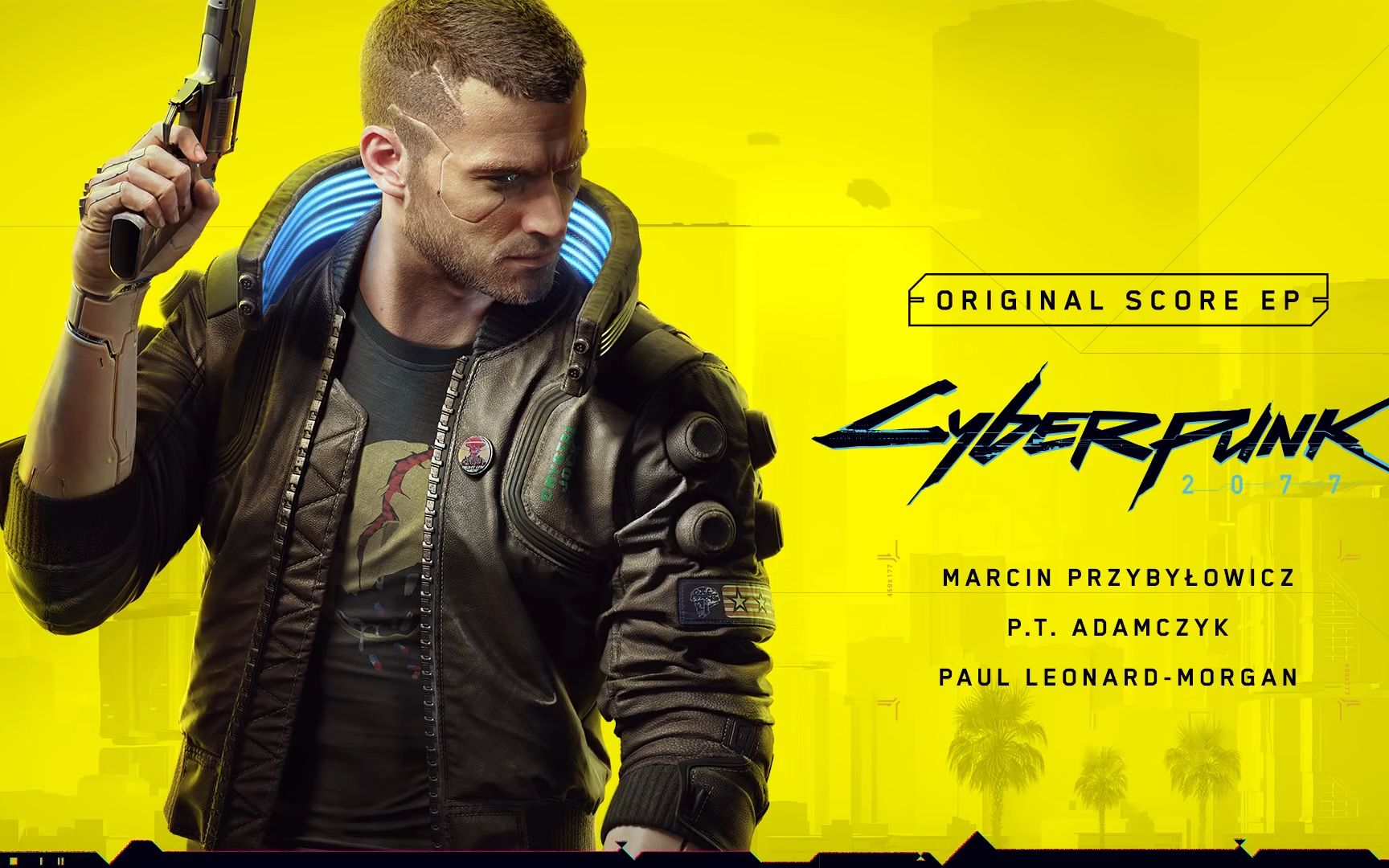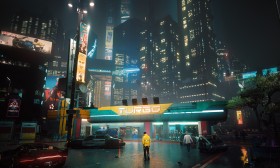Unlock Your Potential: The Ultimate Rocket League Field of View Settings Guide for Every Playstyle
So, you've spent hours practicing your aerials, perfecting your dribbles, and mastering the half-flip. Your mechanics are sharp, but something still feels… off. The car doesn't feel as responsive, you're missing easy challenges, or you just can't seem to read the ball's trajectory correctly. Before you dive into another training pack, consider this: the culprit might not be your skills, but your camera.
Your Rocket League Field of View (FOV) setting is arguably the most critical adjustment you can make outside of actual gameplay. It's your window to the arena, and choosing the right view can be the difference between a whiff and a wonder goal. This guide is designed to take you from confused to confident, helping you find the best FOV settings for Rocket League that perfectly complement your unique playstyle.
What Exactly is Field of View (FOV) and Why Does It Matter?
In simple terms, Field of View is the extent of the observable game world you can see on your screen at any one moment. Think of it as the angle of your camera lens.
- A low FOV (like 90) is like looking through a telescope. You get a more zoomed-in, focused view, which can make judging distances slightly easier, but you sacrifice a huge amount of peripheral vision. You won't see opponents or teammates approaching from the sides.
- A high FOV (like 110) is like using a wide-angle lens. You see much more of the field to your left and right, giving you superior situational awareness, but the trade-off is a "fish-eye" effect where the center of the screen can feel slightly distorted or stretched, making precise touches a bit harder to judge initially.
The goal is to find the sweet spot where you have enough information to make smart decisions without sacrificing your ability to execute precise mechanics. This is where understanding your playstyle becomes essential.
Deconstructing the Settings: More Than Just a Slider
While FOV is the star of the show, it works in concert with other camera settings to create your overall feel. Let's quickly break them down, as you'll be adjusting these in tandem:
- Distance: How far the camera is from your car. A closer car feels faster and is better for dribbling, while a farther car gives a broader view of the field.
- Height: The vertical position of the camera. A higher camera lets you see over the ball, while a lower one can make ground play feel more grounded.
- Angle: The tilt of the camera. A negative angle points down at your car, great for ground control. A steeper (more negative) angle is common among pros.
- Stiffness: How much the camera moves with your car. A high stiffness (1.0) means the camera is locked to your car's movement, great for consistency. Low stiffness allows the camera to swing more during boosts and turns, which can help with spatial awareness.
- Swivel Speed: How fast the camera moves when you use the right stick. A higher speed is crucial for quickly checking your surroundings.
Now, let's match these settings to how you play the game.
The Aggressive Playmaker: "I Live for Possession and Passing"
Your Mantra: Control the tempo, create opportunities, and split the defense with a perfect pass.
For the Playmaker, information is currency. You need to know where your teammates are, where the gaps in the defense are, and when to push or pull back. Your ideal FOV setup prioritizes maximum awareness.
- FOV: 110. This is non-negotiable. You need every bit of peripheral vision to spot passing lanes and track the movements of all other players without constantly swiveling the camera.
- Distance: 270-290. A medium-to-far distance gives you a panoramic view of the field, making it easier to assess the entire play and make split-second decisions.
- Height: 100-110. A slightly elevated view helps you see over the scrum of players in the midfield to identify open space.
- Angle: -3.0 to -4.0. A slightly negative angle provides a good balance, keeping the ball and your immediate surroundings in clear view without being too steep.
- Stiffness: 0.40-0.50. A medium stiffness allows the camera to pull back slightly when you're supersonic, giving you an even wider view as you race downfield for a counter-attack.
Why it works: This configuration acts like a command center. The wide FOV for Rocket League playmakers ensures you're never blindsided, allowing you to orchestrate the attack with confidence. The slightly lower stiffness complements the high FOV by dynamically providing even more visual information when you need it most.
The Mechanical Dribbler: "The Ball is Glued to My Hood"
Your Mantra: Precision is everything. You thrive in 1v1 situations, flicking the ball over challengers and maintaining close control.
For the Dribbler, the most important thing is the relationship between your car and the ball. A wide, distorted view can make the subtle micro-adjustments required for dribbling feel inconsistent. Your setup should feel tight and responsive.

- FOV: 105-108. You still need a decent FOV to be aware of incoming challenges, but you're willing to sacrifice some periphery for a more accurate central view. This narrower FOV for precise car control reduces the fish-eye effect, making the ball on your hood feel more stable and predictable.
- Distance: 230-260. A closer camera makes your car feel more responsive and the ball larger on your screen, which is crucial for judging those tiny touches during a dribble or a delicate catch.
- Height: 90-100. A standard to slightly low height keeps the ball and your car's hitbox in clear view without introducing a steep angle that might distort your perspective.
- Angle: -4.0 to -5.0. A steeper angle looks down more directly on your car and the ball, providing the clearest possible view for ground-based mechanics and flicks.
- Stiffness: 0.70-1.0. High stiffness is your friend. It keeps the camera locked to your car, ensuring a consistent and stable view. There's no swinging or swaying to throw off your delicate balance during a dribble.
Why it works: This setup minimizes visual noise and maximizes focus. It's the equivalent of a sharpshooter's scope, fine-tuned for the best camera settings for Rocket League dribbling. The stable, close-up view gives you the feedback needed for pixel-perfect control.
The Defensive Rock & Aerial Powerhouse: "I Own the Goal and the Sky"
Your Mantra: "Not in my house!" You excel at reading the game, making clutch saves, and booming powerful clears and aerial shots.
This playstyle is a hybrid. You need awareness for defense and precision for powerful aerials. Your settings are a careful compromise, leaning towards consistency and clear reads of the ball's path.
- FOV: 108-110. Defensively, you need to see as much of the field as possible to track opponents and anticipate shots. A high FOV is essential. For aerials, a very high FOV can make it harder to judge the exact point of contact, so some players may dial it back to 108 for a perfect balance.
- Distance: 260-280. This is the true sweet spot. It's far enough to give you a great defensive overview but close enough that the ball doesn't feel tiny when you go up for an aerial contest.
- Height: 100-110. A higher camera is fantastic for seeing plays develop in front of you and for judging the trajectory of high balls for saves and clears.
- Angle: -3.0 to -5.0. This depends on your focus. A shallower angle (-3.0) is better for reading high aerials, while a steeper one (-5.0) helps with low 50/50s and ground clears. Start with -4.0 and adjust.
- Stiffness: 0.50-0.70. A medium stiffness works well here. It provides stability for aerial touches but still gives that helpful pull-back at high speeds for powerful clears.
Why it works: This is the jack-of-all-trades setup, optimized for reliability. It provides the optimal FOV for Rocket League defense without crippling your offensive aerial game. It’s a balanced, trustworthy configuration for players who value positioning and power over flashy mechanics.
The All-Rounder: "I Adapt to Win"
Your Mantra: Versatility is key. You fill the gaps, rotate efficiently, and are comfortable in any role.
If you don't fit neatly into one category, you're not alone. Most players are All-Rounders. Your goal is to find a comfortable, popular pro-style setup that doesn't have any major weaknesses.
- FOV: 110. Max it out. The awareness benefit almost always outweighs the minor distortion.
- Distance: 270. A very standard and effective distance.
- Height: 100. A great baseline height.
- Angle: -4.0. This is the most common angle among professional players for a reason—it's an excellent all-purpose value.
- Stiffness: 0.45. This is also a very popular pro setting, offering a great blend of stability and dynamic vision.
Why it works: This configuration is the "meta" for a reason. It's a proven, balanced set of Rocket League camera settings for all-around performance that supports every aspect of the game reasonably well. It's the perfect starting point for your customization journey.
Your Personal Laboratory: How to Test and Refine
These recommendations are a starting line, not a finish line. Your perfect settings are deeply personal. Here’s how to find them:
- Start with a Preset: Pick the profile above that best fits you and input those settings exactly.
- Go to Free Play: Don't jump into a match. Spend 15-20 minutes in Free Play. Drive around, hit the ball, dribble, fly, and do everything you normally would. How does it feel?
- Adjust One Setting at a Time: If something feels wrong, change one variable. For example, if you feel too slow to react, try increasing Stiffness by 0.1. If you're missing aerials, try lowering your Distance by 10. Make small, incremental changes.
- Test in a Casual Match: Once it feels better in Free Play, take it for a spin in a low-pressure Casual match. See how it holds up in a real game situation.
- Repeat: Fine-tuning is an ongoing process. As your skills evolve, your ideal settings might too.
Remember, the ultimate goal is to find a setup where you forget about the camera entirely. It should feel like a natural extension of your awareness, allowing you to focus entirely on your strategy and mechanics. So, fire up the game, head to your settings, and start experimenting. Your perfect view—and a higher rank—awaits.















